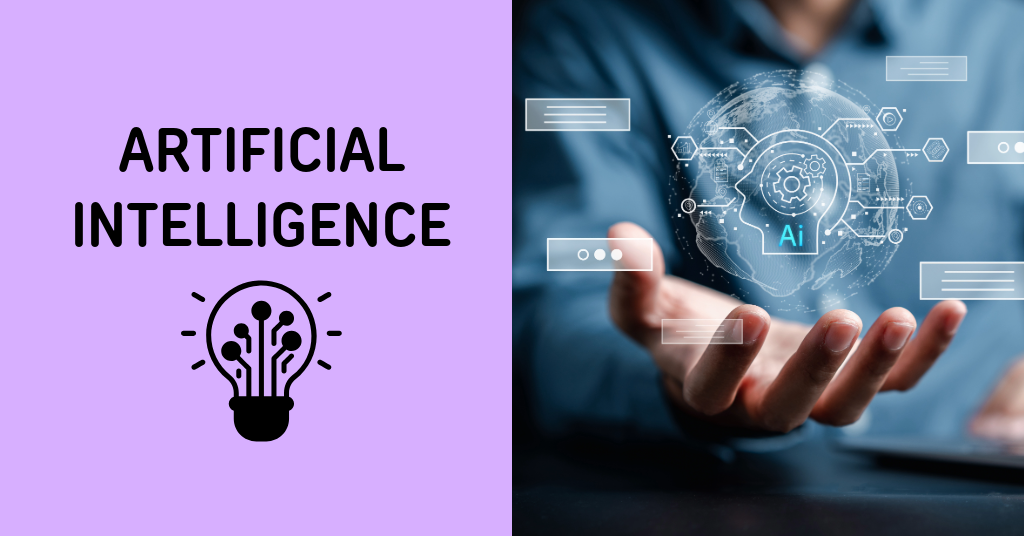Responsible and ethically sustainable use of AI in research in higher education

Article sections
Introduction
Artificial intelligence (AI) offers significant opportunities in research and RDI (research, development, and innovation) activities but also introduces new ethical and legal challenges. Staff and students in higher education must be able to use AI in a way that supports research ethics, responsible use of information, and the principles of open science.
Identify and manage AI-related risks
Using AI involves risks that can compromise the reliability of research:
- Random and systemic errors: For example, misleading analyses or hallucinated references from language models.
- Biases: AI can reproduce or even amplify social, cultural, or scientific biases in datasets.
- The “black box” problem: The opacity of AI systems can make it difficult to assess their reliability.
- Misuse: Such as using AI for plagiarism or fabricating results.
According to the RCR (The Responsible Conduct of Research),care and honesty are required when using AI tools for literature reviews, data analysis, or text generation. Blind use of unreliable AI outputs may breach these principles.
Tip: Clearly document the use of AI at every stage of your research process.
Respect Copyright and Transparency
Respecting other researchers’ work as TENK emphasizes, also means avoiding hidden plagiarism or ambiguity about the actual authorship of text generated with AI.
- AI cannot be an author and should not be credited as such.
- Disclose the use of AI clearly and transparently.
- Ensure that sources used are accurate and reliable – AI can generate “hallucinations.”
Tip: KUse AI as a support tool, not as a standalone content creator without human evaluation.
Use AI ethically and in line with research norms
The RCR guidelines call for transparent and precise reporting in research planning and publication. AI use should be documented and disclosed just like any other tool or method. Based on the recommendations by Resnik & Hosseini (2024):
- The researcher is always responsible for the use of AI.
- Recognize how AI relates to core research norms such as:
- Honesty and transparency
- Reproducibility
- Social responsibility
- Fairness and non-discrimination
Tip: AI-generated data (e.g., synthetic data) must be clearly labeled and explained.
Protect privacy and data
- Do not input confidential or personal data into public AI services (e.g., ChatGPT).
- Use locally managed and secure environments whenever possible.
Tip: Always check your organization’s guidelines on data protection and data management before using AI.
Tip: Teach students to use AI responsibly as part of the research process.
Checklist for responsible use of AI in research
Have you disclosed your use of AI?
Is your AI usage justified and transparent?
Have you verified the content and references produced by AI?
Have you used AI in accordance with research ethics?
Have you protected confidential data?
Sources
TENK (2023): The Responsible Conduct of Research (RCR guidelines)
HAMK: Using AI with Respect for Copyright
HAMK: Using AI to support information retrieval
HAMK: Best Practices for Responsible Use of AI in Education
Resnik, D. & Hosseini, M. (2024). The ethics of using artificial intelligence in scientific research. AI & Ethics. https://doi.org/10.1007/s43681-024-00493-8
